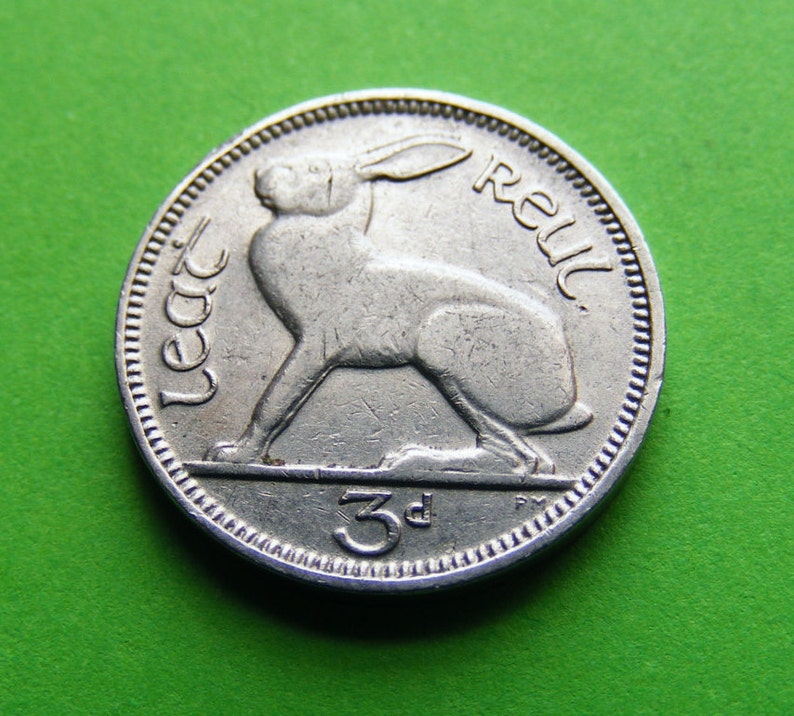

Can you imagine what they’d say if you actually gave them one pence?īefore decimalisation, the basis of the British currency was 12 pennies (12d) to a shilling (1s) and 20 shillings to a pound. very common, nothing special) or children asking ‘Penny for the guy’ before November 5th. There are many expressions using the penny: ‘penny for your thoughts’, something or someone is ‘ten a penny’ (i.e. The difference in size between the penny and other copper coins meant that when the first bicycles were invented with an extra large front wheel, they were nicknamed ‘penny farthings’. To reflect its importance at the time, the large size of the original penny (1860) remained unchanged right up to decimalisation. Pre-Decimal Appearance: Large round coin with smooth edges and Britannia on the reverse.Ĭopper (later bronze) pennies began to be minted during a period when there was a lack of precious metals like silver and so coins had to be made from alternative base metals. To: 1971 (decimal coins were deliberately called pence to distinguish between them) Or how about the Christmas chant ‘Christmas is coming’?įrom: Late 18th century (but from 8th century as silver pennies) In other words, the ‘ha’p’orth’ is a contraction of ‘half penny’s worth’ and the idiom means to ruin a job by being stingy about the details. Half pennies have been immortalised in the idiom ‘spoil the ship for a ha’p’orth of tar’. Half pennies were made of bronze and discontinued before decimalisation because their face value was less than their scrap value. Made of copper during the reign of Charles I, half pennies were later made of bronze and were discontinued before decimalisation because their face value was less than their scrap value. Pre-Decimal Appearance: small circular coin with smooth edge with the Golden Hind on the reverse. He owed just over 1d and the bells of Shoreditch promised to pay “When I grow rich”! Nowadays we still use the expression “He hasn’t got two farthings to rub together” to describe someone is very poor.ĭo you remember the nursery rhyme ‘Oranges and Lemons’? Initially, tin or copper and then bronze, farthings were discontinued since inflation meant that not much could be purchased with them. With 4 farthings to an old penny, these coins were always the smallest and were always made of base metals. Pre-Decimal Appearance: small round coin, smooth edge with a wren on the reverse. To: 1960 (although production stopped in 1956) Larger denominations were issued as banknotes. The coins of the pre-decimal pound sterlingīefore we consider the pre-decimal coins individually, let’s look at the names of the coins and their values. The ‘s’ stood for the Latin word ‘solidus’ and the ‘d’ represented the Latin word ‘denarius’.īeing based on multiples of 12, British schoolchildren growing up before decimalisation would be drilled on the 12 times tables – how much more convenient and easier the decimal system is! For example, an item which cost 9 shillings and 4 pennies would be marked 9/4 in the shops (or could be written 9s 4d). Prices would be written in pounds, shillings and pennies. Pre-decimal currency was calculated as follows: Unless you were born in the early 1960s, you probably only have a vague idea of what the system was like. How much do you know about pre-1971 coins? Let’s explain the old system of pound sterling.

In this chapter, we look at individual pre-decimal coins and explain what they looked like, what they were worth, their composition, nicknames and explain any common expressions or idioms associated with them. They may have been demonetised but they’re still very much a part of British culture. Although decimalisation occurred nearly 50 years ago, the names of the old pre-decimalisation coins can be seen and heard everywhere: in old works of literature, nursery rhymes, idioms, songs and proverbs.


 0 kommentar(er)
0 kommentar(er)
